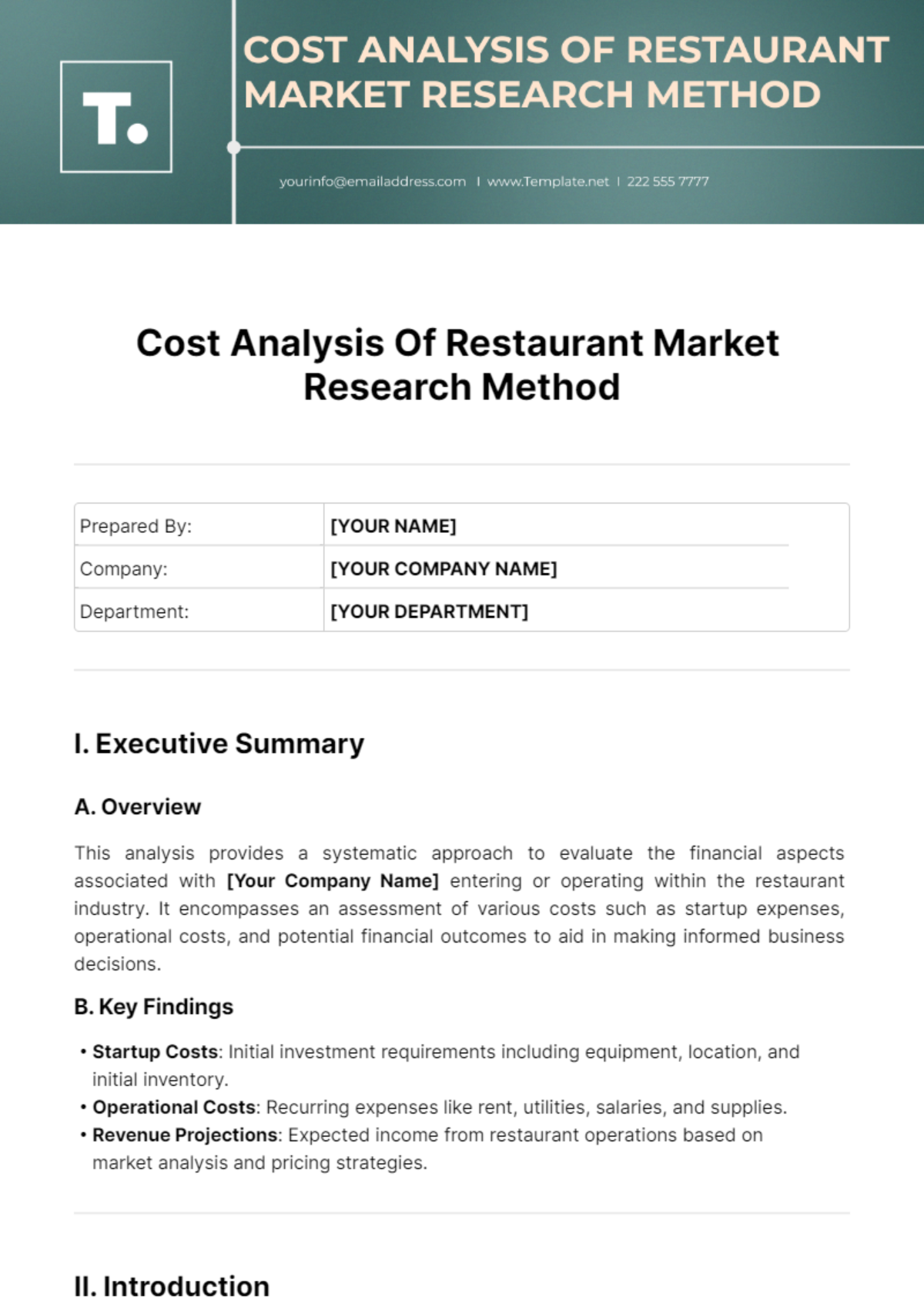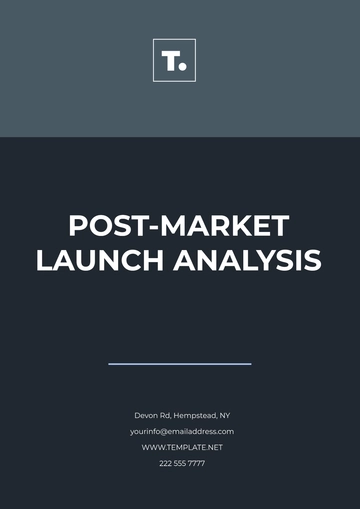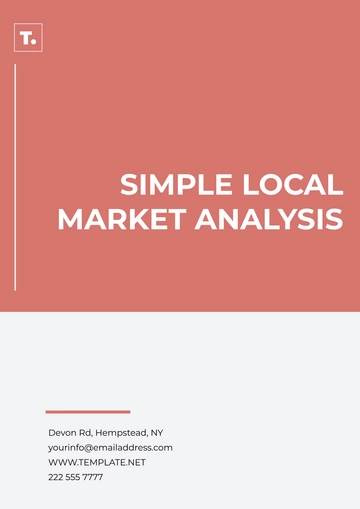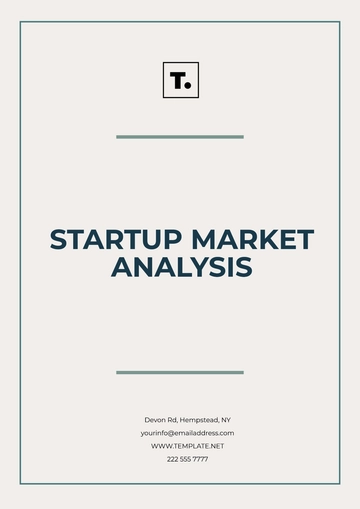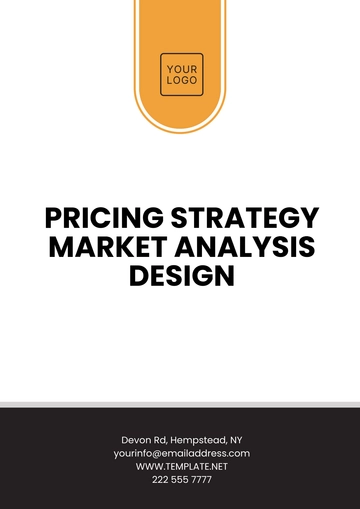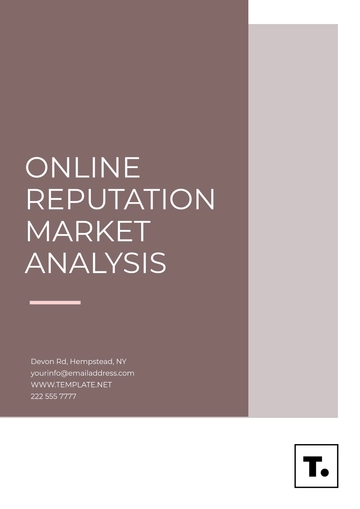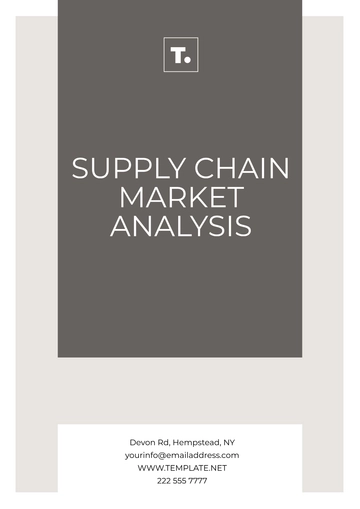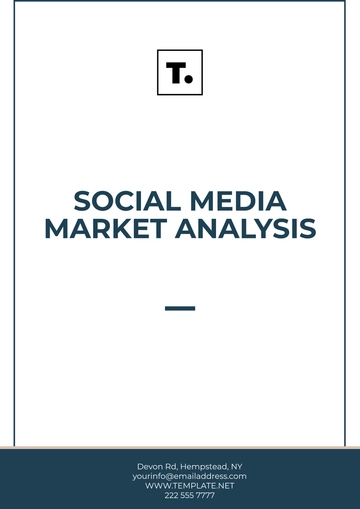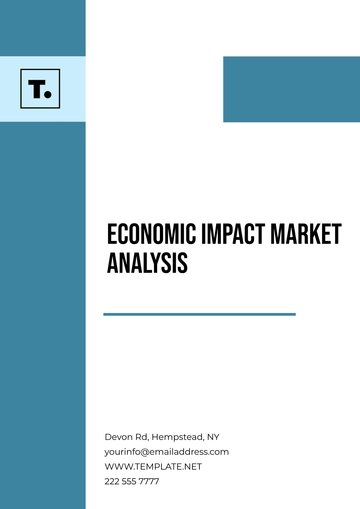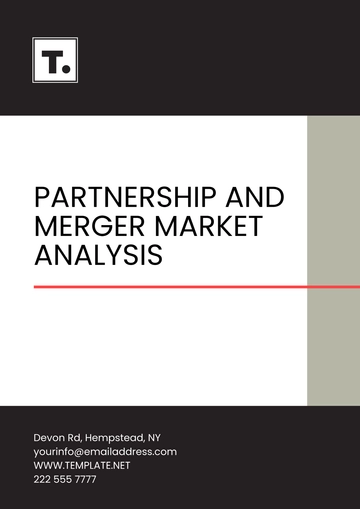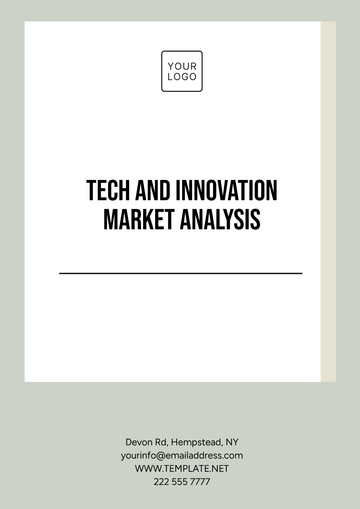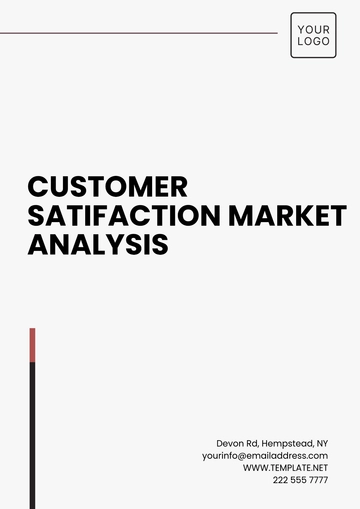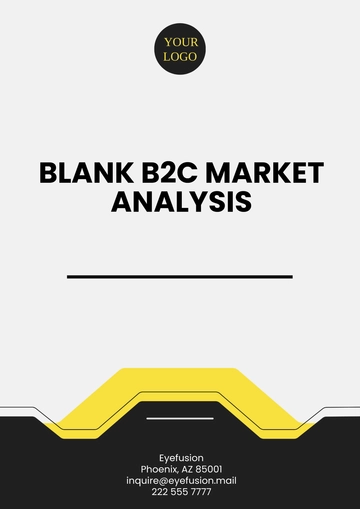Cost Analysis Of Restaurant Market Research Method
Prepared By: | [YOUR NAME] |
Company: | [YOUR COMPANY NAME] |
Department: | [YOUR DEPARTMENT] |
I. Executive Summary
A. Overview
This analysis provides a systematic approach to evaluate the financial aspects associated with [Your Company Name] entering or operating within the restaurant industry. It encompasses an assessment of various costs such as startup expenses, operational costs, and potential financial outcomes to aid in making informed business decisions.
B. Key Findings
Startup Costs: Initial investment requirements including equipment, location, and initial inventory.
Operational Costs: Recurring expenses like rent, utilities, salaries, and supplies.
Revenue Projections: Expected income from restaurant operations based on market analysis and pricing strategies.
II. Introduction
A. Purpose
To deliver a comprehensive financial analysis that assists potential investors or existing business owners in understanding the financial commitments and rewards of operating a restaurant.
B. Scope
This document covers financial forecasting, cost analysis, revenue projections, and risk assessment for a restaurant business.
III. Market Analysis
A. Industry Overview
Current Market Trends: Analysis of trends affecting the restaurant industry.
Target Demographics: Identification of potential customer base.
Competitive Landscape: Overview of main competitors and market share.
B. SWOT Analysis
Strengths: Internal advantages of the business.
Weaknesses: Internal areas of improvement.
Opportunities: External factors that the business can capitalize on.
Threats: External challenges that could impact the business.
IV. Financial Plan
A. Startup Costs
Item | Estimated Cost ($) |
|---|
Lease/Rent | 30,000 |
Renovations | 20,000 |
Equipment and Furniture | 50,000 |
Licensing and Permits | 5,000 |
Marketing and Advertising | 15,000 |
Miscellaneous | 10,000 |
Total Startup Costs | 130,000 |
B. Operational Costs
Fixed Costs:
Rent: $3,000/month
Utilities: $1,500/month
Salaries: $20,000/month
Variable Costs:
Food Supplies: $10,000/month
Marketing: $2,000/month
Maintenance: $1,000/month
C. Revenue Projections
Month | Projected Revenue ($) | Cumulative Revenue ($) |
|---|
1 | 50,000 | 50,000 |
2 | 55,000 | 105,000 |
3 | 60,000 | 165,000 |
4 | 65,000 | 230,000 |
5 | 70,000 | 300,000 |
6 | 75,000 | 375,000 |
D. Break-Even Analysis
V. Risk Assessment
A. Potential Risks
Market Risks: Fluctuations in demand, economic downturns.
Operational Risks: Equipment failures, supply chain disruptions.
Financial Risks: Cash flow issues, unexpected costs.
B. Mitigation Strategies
Market Risks: Diversify menu, and flexible pricing strategies.
Operational Risks: Regular maintenance, and establishing reliable suppliers.
Financial Risks: Maintain emergency fund, and obtain insurance.
VI. Conclusion
A. Summary
This financial analysis highlights the necessary steps and considerations for [Your Company Name] entering the restaurant industry. By understanding startup and operational costs, revenue projections, and potential risks, stakeholders can make informed decisions to ensure the success of their restaurant venture.
B. Next Steps
Finalize Business Plan: Integrate this financial analysis into a comprehensive business plan.
Secure Funding: Approach investors or financial institutions with the prepared analysis.
Implement Strategies: Begin operational setup and marketing initiatives.
Analysis Templates @ Template.net
